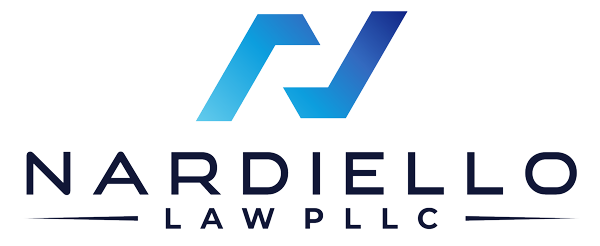If you have questions regarding intellectual property law, what is intellectual property law, the types of intellectual property law, how to protect about IP infringement, how to protect intellectual property internationally, and what do intellectual property lawyers do, this guide is your one-stop-shop for all the answers. Let’s get started.
What to Know about Intellectual Property Law
What is Intellectual Property Law?
Intellectual property law (IP) protects the rights of any person or business who creates artistic work. Artistic work can include music, literature, plays, discoveries, inventions, words, phrases, symbols, and designs. Intellectual property law aims to encourage new technologies, artistic expression, and inventions that all promote economic growth.

What are the Types of Intellectual Property Law
Intellectual Property Law aims to protect what is called “mental labor,” better known as Intellectual Property. There are several different types of intellectual property. These types include Copyrights, Patents, Trademarks, Geographical Indications, Right of Publicity, and Trade Secrets.
Copyrights
Copyrights protect any type of expressive art, such as writings, music, motion pictures, architecture, and other original intellectual and artistic expressions. A copyright gives the owner exclusive rights to reproduce their own work, publicly display it, perform it, and create derivatives of that work.
Patents
Patents protect the owner’s invention from being made, sold, or used by anyone else for a certain amount of time. Patents give inventors the right to sell their product or to make a profit from it by transferring that right to another person or business.
Trademarks
Trademarks help to protect the names, marks, and slogans of products and companies. Trademarks make it easy for customers to distinguish competitors from one another, help to avoid any confusion, and deter misleading advertising. Trademarks are automatically assumed. As soon as a business starts using a mark or brand name, you can follow up that symbol with TM without having to file it with the government.
Geographical Indications
Geographical indications are signs or images used on products that come from a specific geographic location. Often, people do this when that location has certain qualities, a reputation, or characteristics that make that place of origin special.
Right of Publicity
The image and name of a person are protected by different state laws known as the right of publicity. These laws protect people against the unauthorized use of their name or image for commercial purposes. For example, a company cannot use a picture of you on a box of cereal unless you give them permission or are compensated for the use of it. The extent of your protection varies from state to state.
Trade Secrets
Trade secret laws can be found at both the state and federal levels. They protect sensitive business information like a marketing plan for the introduction of a new software or a secret recipe for a brand of soda. The extent of trade secret protection depends on whether or not the information gives your business an advantage over your competitors. It must also be a secret among most of your staff and not be known by any of your competitors.
Learn More About Intellectual Property Law and Rights
Jason S. Nardiello has been a practicing Intellectual Property Lawyer for decades and is recognized across the United States and Internationally as one of the leading litigators of Intellectual Property Law. Contact Nardiello Law if you have questions about your IP Rights or believe your intellectual property rights have been infringed.
